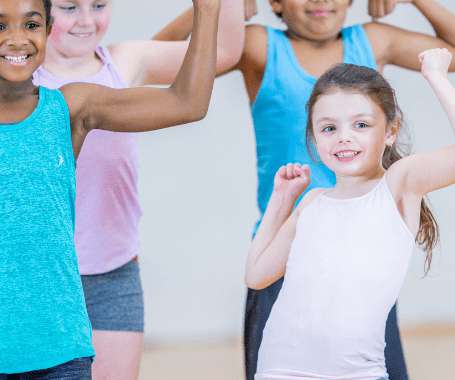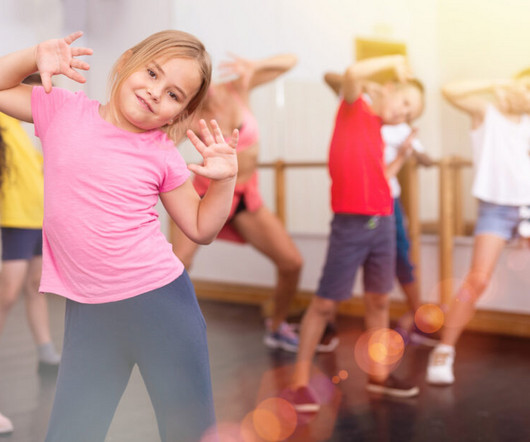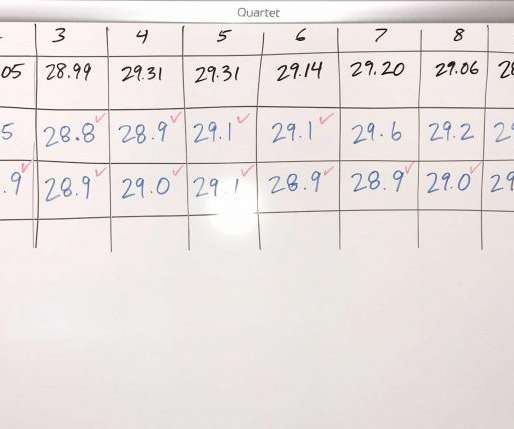Power-Up Rhythm and Timing in Physical Education Activities
Gopher PE
OCTOBER 26, 2023
Activities in physical education often teach children important classroom skills including following instructions, making decisions, problem-solving, teamwork, and self-regulation. This cross-modal integration enhances the brain’s ability to process the coordinate information from different sensory channels.












Let's personalize your content